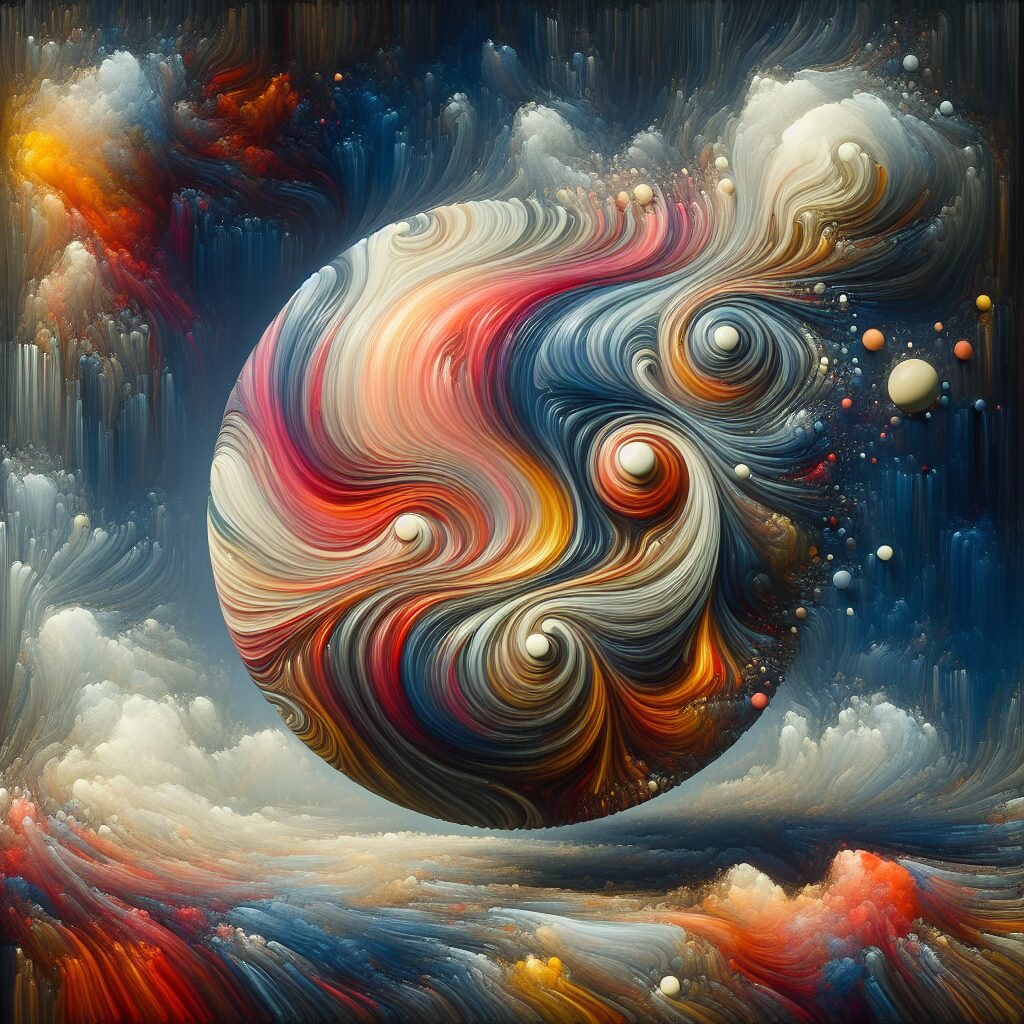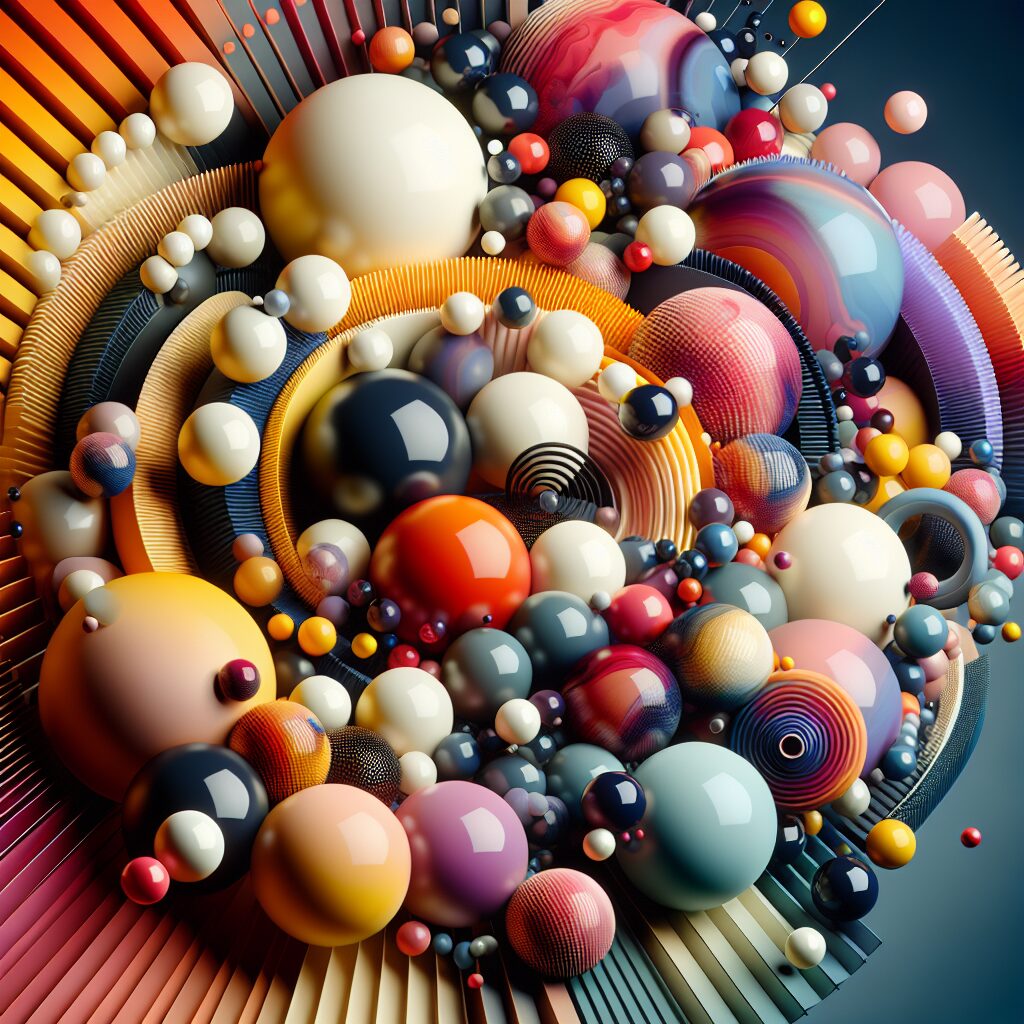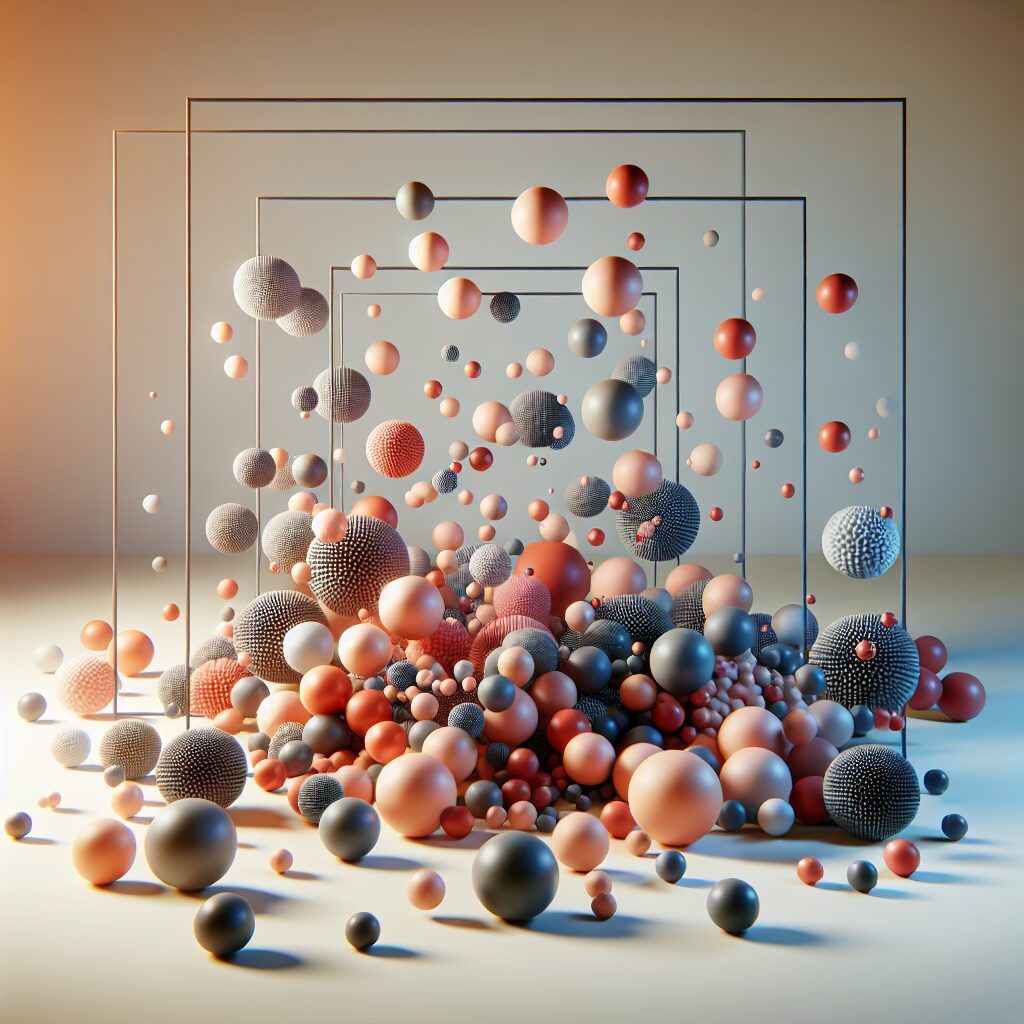Abstract Expressionism is a groundbreaking art movement that emerged in the 1940s in the United States. It is characterized by its emphasis on spontaneous, non-representational forms and the expression of emotions on canvas. Unlike traditional art forms which focused on representing specific objects or scenes, Abstract Expressionism aimed to capture the inner world of the artist and evoke emotions in the viewer. This revolutionary approach to art had a profound impact on the art world, challenging established norms and paving the way for new forms of self-expression.
One of the key features of Abstract Expressionism is its focus on the emotional aspect of art. Artists of this movement sought to convey their innermost feelings through their paintings, often using bold, gestural brushstrokes and vibrant colors. By rejecting representation and embracing abstraction, they freed themselves from the constraints of traditional art and opened up new possibilities for self-expression. This emphasis on emotion and authenticity resonated with viewers, as it allowed them to connect with the art on a deeper, more personal level.
In the upcoming part of this article, we will explore the unique techniques employed by Abstract Expressionist artists, such as action painting and automatism. We will delve into the impact of this movement on the art world, discussing its influence on subsequent art movements and its lasting legacy. Furthermore, we will examine the role of key artists such as Jackson Pollock, Willem de Kooning, and Mark Rothko in shaping the trajectory of Abstract Expressionism. So, buckle up as we embark on a journey into the vibrant and emotionally-charged world of Abstract Expressionism.
Key Takeaways
1. Abstract Expressionism emerged as a radical movement in the art world during the mid-20th century, characterised by abstract and emotive artworks that rejected traditional artistic conventions and emphasised the process of creation.
2. The chaotic and spirited nature of Abstract Expressionist works was a reflection of the artists’ exploration of their subconscious minds and their desire to convey raw emotional experiences on canvas.
3. This movement was predominantly male-dominated, with artists like Jackson Pollock and Willem de Kooning gaining recognition for their innovative techniques such as “drip painting” and “gestural abstraction,” respectively.
4. The prevalence of spiritual and psychological themes in Abstract Expressionist art underscored the artists’ search for personal and universal truths, often expressing a sense of angst, turmoil, and introspection.
5. Despite facing initial criticism and resistance from the art establishment, Abstract Expressionism went on to become one of the most significant and influential artistic movements of the 20th century, showcasing the power of individual expression and forever altering the course of art history.
1. Can Abstract Expressionism on a Ball’s Emotional Canvas Evoke Profound Reactions?
Overview of Abstract Expressionism
In this section, we will delve into the background and definition of Abstract Expressionism, the influential art movement that emerged in the mid-20th century. We will explore how artists utilized this style to express their emotions and inner experiences, and how its unique characteristics set it apart from other art movements.
Expanding the Canvas: The Ball as a Medium
Here, we will focus on the unconventional use of a ball as a canvas for Abstract Expressionist artwork. We will examine the reasons behind this choice and the artistic possibilities it presented. By adapting a spherical surface, artists were able to experiment with balance, movement, and dynamic compositions that added an extra layer of emotional impact to their creations.
The Emotional Language of Abstract Expressionism
Within this section, we will explore how Abstract Expressionism conveyed emotions through various artistic techniques. We will examine the use of color, brushstroke, texture, and form to evoke specific feelings and create a visual language that transcends traditional representation. Through analyzing notable works, we will showcase how artists effectively communicated their deepest emotions through their distinctive artistic approach on the ball canvas.
Major Artists and Their Impact
This section will highlight prominent artists who were pivotal in the development and popularization of Abstract Expressionism on a ball’s emotional canvas. We will discuss their unique styles, significant contributions, and the lasting influence of their works. By understanding their individual approaches, we can gain a deeper appreciation for the diversity within this artistic movement.
The Legacy of Abstract Expressionism: Contemporary Interpretations
In this section, we will examine how Abstract Expressionism on a ball’s canvas continues to inspire contemporary artists. We will explore how artists today reinterpret and build upon the principles of Abstract Expressionism to create their own emotionally charged artworks. By investigating these contemporary expressions, we can witness the lasting impact and ongoing relevance of this art movement.
4 Tips to Convey Emotional Impact Through Abstract Expressionism on a Ball’s Canvas:
- Experiment with bold and vibrant colors to evoke specific emotions.
- Utilize expressive brushstrokes and textures to convey depth and intensity.
- Consider the ball’s spherical shape when planning compositions to enhance movement and dynamism.
- Allow your inner emotions and experiences to guide your artistic process, creating authentic and personal works that resonate with viewers.
Frequently Asked Questions
What is Abstract Expressionism: The Ball’s Emotional Canvas?
Abstract Expressionism: The Ball’s Emotional Canvas is an art exhibition that explores the movement of abstract expressionism through the use of balls as a tool for creating emotional and gestural artwork.
Who are some famous abstract expressionist artists?
Some renowned abstract expressionist artists include Jackson Pollock, Mark Rothko, Willem de Kooning, Barnett Newman, and Franz Kline. These artists played a significant role in shaping the movement and creating iconic abstract expressionist pieces.
What makes abstract expressionism unique?
Abstract expressionism is unique in its emphasis on spontaneous and emotional creation. It often involves large-scale artwork that captures the artist’s feelings and emotions at the moment of creation. The movement focuses on the artist’s personal expression rather than the representation of recognizable objects or figures.
How are balls used in Abstract Expressionism: The Ball’s Emotional Canvas?
In this exhibition, balls are used as tools to create art. Artists roll, bounce, throw, or manipulate the balls in various ways on a canvas, allowing the movement and impact of the balls to shape the artwork. The unpredictable nature of the balls’ movements adds an element of chance and spontaneity to the creation process.
What emotions do abstract expressionist artists aim to evoke?
Abstract expressionist artists aim to evoke a wide range of emotions through their artwork. These emotions can vary from joy, anger, sadness, and confusion to a sense of freedom, power, or tranquility. The intense and expressive nature of abstract expressionism allows viewers to experience and interpret the artwork in their own unique way.
Can anyone appreciate abstract expressionist art?
Abstract expressionist art can be appreciated by anyone who is open to exploring and experiencing emotions through art. While some viewers may have a deeper understanding of the movement and its historical context, the emotional impact of abstract expressionism transcends knowledge or expertise. The visceral response to the artwork is what truly matters.
What materials are commonly used in abstract expressionism?
Abstract expressionist artists often employ a wide range of materials, such as acrylic or oil paints, brushes, palette knives, and even unconventional tools like sponges or sticks. The choice of materials depends on the artist’s preference and desired visual effect. In Abstract Expressionism: The Ball’s Emotional Canvas, balls become a prominent tool for artistic expression.
How does abstract expressionism differ from other art movements?
Abstract expressionism stands apart from other art movements due to its focus on the artist’s individual emotions and spontaneous creation process. Unlike movements like realism or impressionism, abstract expressionism does not aim to depict objective reality or capture a particular moment in time. It is a highly subjective and personal form of artistic expression.
Is abstract expressionism only about chaos and randomness?
No, although abstract expressionism can embrace chaos and randomness, it doesn’t solely revolve around those elements. It also encompasses deliberate composition, color choices, and intentional mark-making by artists. Abstract expressionism is a balance between chance and control, chaos and order, bringing forth a complex interplay of emotions and artistic decisions.
Is there a specific way to interpret abstract expressionist artwork?
No, there is no specific or “correct” way to interpret abstract expressionist artwork. The beauty of this movement lies in its openness to individual interpretation. Each viewer is free to find their own meaning, emotions, and connections within the artwork, making it a deeply personal and subjective experience.
Final Thoughts
Abstract Expressionism: The Ball’s Emotional Canvas offers a unique and captivating perspective on abstract expressionism, showcasing the innovative use of balls as a tool for creative expression. The exhibition challenges traditional notions of art creation and embraces the unpredictability and energy that emerges from the interaction between artist, canvas, and ball.
By presenting this unconventional approach, the exhibition invites viewers to delve into their own emotional responses and explore the limitless possibilities of abstract expressionism. Whether you are a seasoned art enthusiast or new to the world of abstract art, Abstract Expressionism: The Ball’s Emotional Canvas promises to leave a lasting impression and inspire a deeper appreciation for the power of emotions in art.




